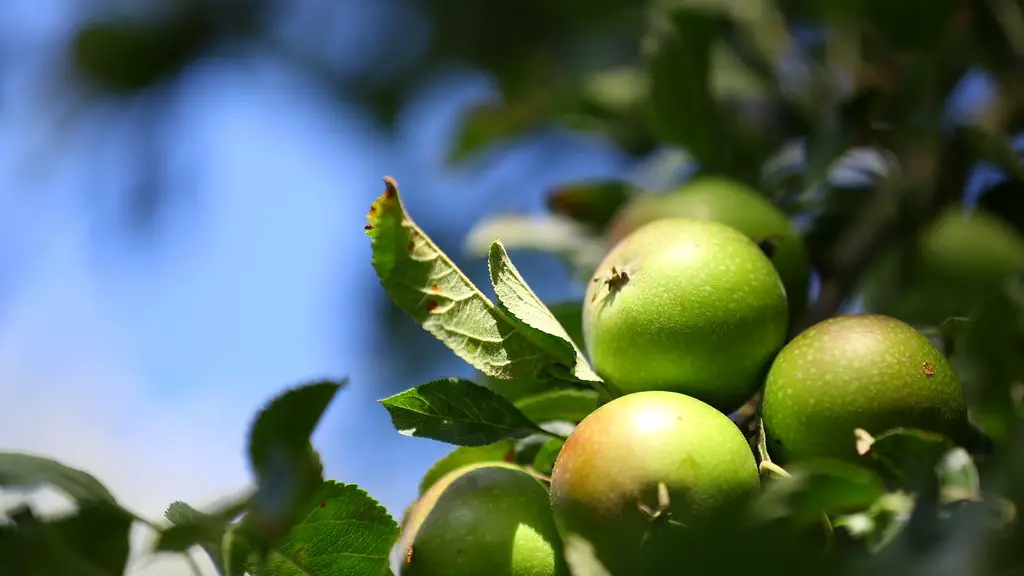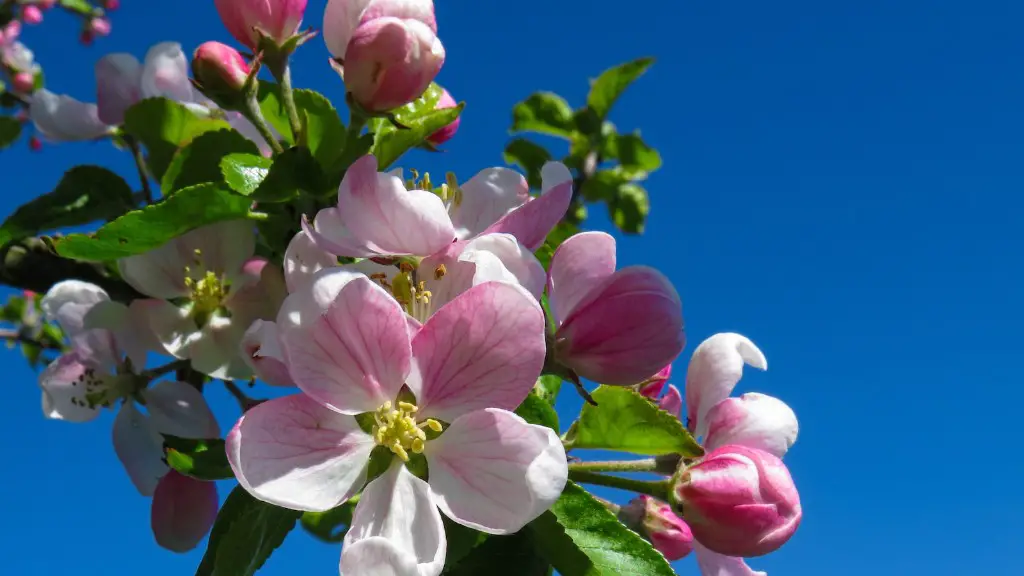When it comes to harvesting apples off any given tree, many new orchard owners often feel overwhelmed. After all, they may not be sure when they can start picking the ripened fruits. Knowing when the best time to pick your apples is crucial for anyone hoping to obtain a bumper crop. While the harvesting time of ripened apples can certainly differ depending on the type of apple tree and the climate in which the tree grows, there are certain signs that can help orchard owners and gardeners decide when apples are ready for picking.
One sure way to tell whether or not your apples are ripe enough to pick is to check the fruit’s color. The skin of apples should generally be a bright, solid hue. That said, keep in mind that some apple varieties may range from light green to deep pink or red. Some apple varieties will even have a combination of colors. If you’re unsure of the optimal hue of your apples, look up your variety’s description on the internet or ask local gardeners in your area.
To further assess ripeness, pick one of the apples off the tree and lightly press its skin. If it feels firm and doesn’t dent, then your apples are ready for picking. If the apple skin takes dents easily, the fruit is still too immature, and you should wait another week before you pick them. Be sure to pick apples off of various places on the tree so that you can accurately determine the given fruit’s ripeness.
In addition to paying attention to the color and texture of the apples, you can also give the fruit a smell test. Once ripened, apples often have a faint aroma of their variety’s flavor, especially around their stem tips. The smell should be pleasant, not foul or musty. If your apples pass the smell test, then you can start picking them.
Overall, timing can be tricky, so an experienced gardener or orchard owner should closely inspect apples for any signs of ripeness. You can also ask for advice from experienced gardeners in the apple-growing community to help ensure you pick the right time and get the best possible yields.
When to Harvest
Harvesting time can vary greatly depending on the climate and the type of apple tree. Typically, you can start harvesting your fresh apples any time between late summer through mid-September. However, if you have a more cold-hardy apple tree, you may have to wait until late October or early November to get the right fruit.
If you live in a hot region, the summers don’t usually last long enough to let apples to reach their full ripeness. In those cases, orchard owners should pay extra attention to the apples’ colors and the other signs of ripeness that were previously mentioned.
By paying close attention to these indicators, orchard and garden owners can be sure that their apples are ripe and ready to be picked. On the other hand, harvesting immature apples greatly reduces their quality, taste, and shelf-life.
Storing Apples
Properly storing your newly-harvested apples is essential to ensure they retain their full flavor and quality. To store your apples, you’ll want to keep them between 30°F and 34°F with 85 percent humidity, a temperature range known as “controlled atmosphere”. This will help to minimize the rate of ripening of the apples, allowing you to enjoy the fruit for weeks or even a few months.
If you don’t have the proper facilities to store your apples in controlled atmosphere, you can try to store them away from direct sunlight and good air circulation to decrease the rate of ripening. Additionally, store each apple separately to prevent them from responding to the changes in humidity, temperature, and other environmental effects that come with large clusters of stored apples.
If you have apples that are not ripe enough to pick and you’re looking to store them until they’re ripe, you can always keep them on the tree. They naturally ripen over time and can stay in their best condition until they’re ripe, even in hot climates.
Safe Handling and Pest Control
It’s important to handle the apples with care to keep them from bruising and make sure that they stay fresh when you store them. You may want to pick the apples using plastic trays rather than tossing them into a bag. Additionally, you should make sure that you separate damaged or diseased apples away from the fresher ones. You can also carefully prune off any apples that are host to pests.
To limit or prevent pests and disease, you may want to avoid fertilizing in the late summer and spray the trees with pesticides at the onset of the season. If you use chemicals on your apple trees, make sure to follow the directions from the manufacturer and always wear protective equipment while spray the trees. Pest control at the early stages of the season can help reduce the number of pests later on.
Gift Giving Ideas
Harvesting ripe apples also provides a great opportunity to give the fruits away as gifts. You can prepare baskets filled with fresh apples ready to eat, or you can use the apples to make pies, sauces, ciders and other goodies. Jam jars with the various sauces and jellies made of apples can make great additions to any gifting basket. Giving the apples away as gifts can also be a way to promote your local orchard.
You can prepare gift boxes with various apples from your local orchard. Include a wide range of apples varieties and explain their differences in appearance and flavor. You can also include some recipes for recipes for homemade apple pies, apple turnovers, and other classic apple desserts. Gift giving is one of the best perks of harvesting your own homegrown apples.
Banning Apple Picking
Although the practice of picking apples off of local trees is a popular activity for many apple farmers, some local growers prefer to ban the practice altogether. This is usually done to protect the trees from being harmed due to overly enthusiastic picking and can also be done to reduce costs. Additionally, it is important that pickers refrain from trespassing onto private properties in pursuit of apples, as this carries legal repercussions.
Ultimately, while apple picking can be a fun and enjoyable exercise, it is important to always respect the privacy of local orchards. Local growers should take adequate measures to guard their orchards, such as warning signs and adequate fencing. By taking these necessary steps, apple pickers can enjoy their hobby while still respecting the property rights of orchard and garden owners.




